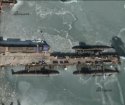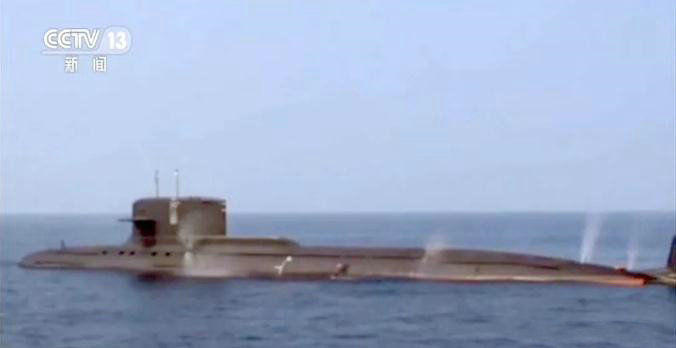The following article might be interesting in this context (though it mainly concerns itself about SSBNs):
It argues that geography (and alliances) makes it easy for the US to place listening devices at the chokepoints that chinese submarines need to pass to get beyond the first island chain into the pacific and that this would allow the US to keep track of chinese submarines and follow them.
If this is true then I think that investing in SSGNs that are as big as SSBNs and operate similarily (rely on stealth to hide out until you attack) might be less successfull than operating a bigger number of smaller SSNs that can also use cruise missiles.
That article assumes a lot and takes a lot of other things for granted that are far from guaranteed.
The soviets were massively handicapped by geography, and while China is disadvantaged, it is nowhere like as bottled up as the Soviets were.
Just take a look at a map and the sheer number and length of potential ‘choke points’, and extrapolate the sheer volume of ocean you would need to cover to try and fence the PLAN in with forward deployed listening arrays and you like a truly silly dollar amount.
What the author also fails to consider at all is power.
Having a few pieces of rock in the middle of the ocean you can string listening arrays between does not mean you can you just drop in an array and call it a day.
Such listening arrays, and especially the back end signal processing, takes up a sizeable amount of power.
Unless you plan on building power stations on every rock in the first island chain, your forward array is just not technically feasible.
Even with all those enormous economic and logistical challenges assumed to be achievable, you still have a vast difference between peacetime and actual wartime survivability of this network.
In that respect, the US Cold War experience is a rather false one, as if the shooting actually did start for real, those forward deployed, fixed listening networks would be amongst the first targets hit.
In that respects, peacetime reliance on such networks and arrays could end up being a real double edged sword in wartime, if your forces end up suddenly being deprived of a key early detection method massively relied upon to find enemy subs and consequently struggling.
Finally, unlike the Soviets, China has a hard counter to all US bottling up strategies in the form of Taiwan.
With access to Taiwan, Chinese subs would not only utterly bypass all natural geographical choke points, it would also give China access direct to the deep waters of the Pacific to deploy its own version of SOSUS.
Since China considers reunification with Taiwan a question of when not if, it makes perfect sense for them to make long term planning without the current geographical constraints as assumed to be permanent.
As such, it is entirely within China’s interests to ensure it keeps up and leads in nuclear submarine technology so that once it has access to Taiwan’s west coast as a base, it has state of the art subs to deploy from there.




